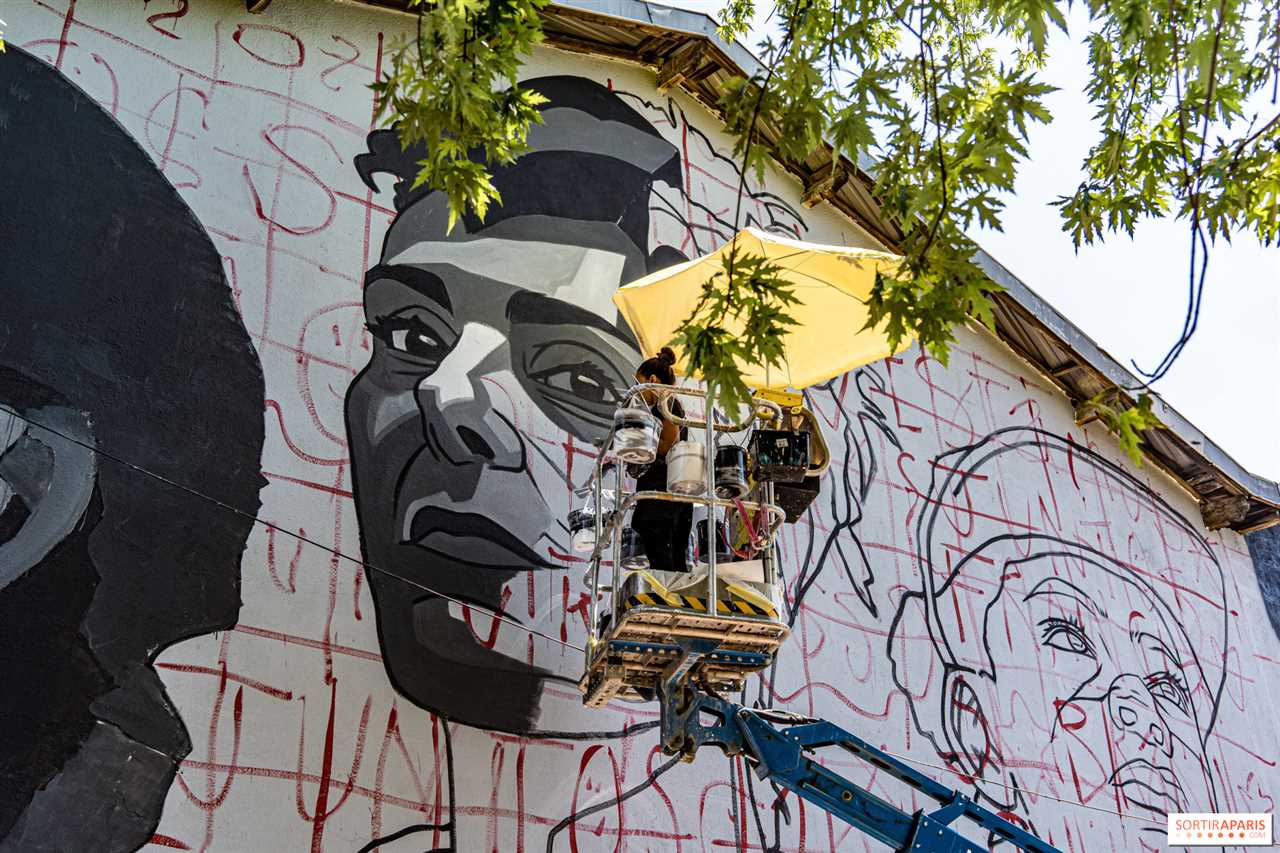
Street art has become a powerful form of artistic expression, transforming urban landscapes into vibrant canvases. La Villette, a neighborhood in Paris, is no exception. Here, the walls are adorned with a kaleidoscope of colors and intricate designs, telling stories and sparking conversations.
Walking through the streets of La Villette is like entering a gallery without walls. The artworks that adorn every corner are not only visually striking but also carry profound messages. From political statements to personal anecdotes, the artists behind these creations leave their mark and invite viewers to engage in a dialogue.
What sets La Villette apart is the diversity of styles and techniques that can be found here. Stencils, murals, graffitis – each piece is unique and reflects the artist’s individual perspective. Some convey a sense of humor, while others present thought-provoking social commentary. Every brushstroke seems deliberate, purposeful, and full of intention.
The art of La Villette is not confined to the walls alone. It spills over onto the streets, transforming the entire neighborhood into an immersive experience. As you explore the winding alleys and hidden corners, you can’t help but be captivated by the creativity that surrounds you. It’s a journey that takes you beyond the aesthetics and into the minds and souls of the artists.
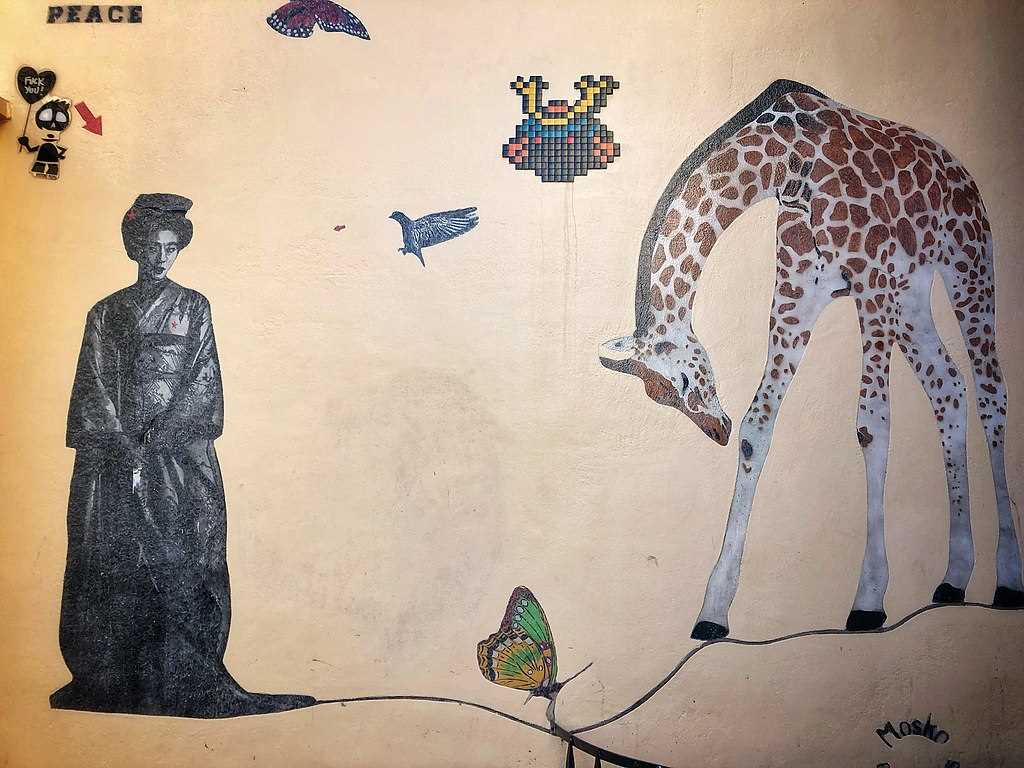
Street art has a rich and diverse history that dates back to ancient times. In fact, the act of creating art in public spaces can be traced back to the stone age, where early humans would leave their marks on cave walls.
However, modern street art as we know it today has its origins in the graffiti movement of the 1960s in the United States. Graffiti, often seen as an act of rebellion and a form of expression for marginalized communities, served as the foundation for what would later become street art.
It was during the 1970s and 1980s that street art began to evolve beyond simple graffiti tags. Artists started using stencils, stickers, and wheatpaste to create more intricate and detailed works of art. These techniques allowed for greater accessibility, as artists could quickly and easily create art in public spaces.
Street art gained international recognition in the 1990s, thanks in part to artists like Banksy and Shepard Fairey. These artists brought street art into the mainstream, using their art to make political and social statements.
Today, street art continues to evolve and push boundaries. Artists around the world use graffiti, murals, installations, and more to transform public spaces and challenge the traditional notions of art. Street art has become a powerful tool for self-expression, activism, and community engagement, and it shows no signs of slowing down.
Street Art vs. Traditional Art: Breaking Boundaries
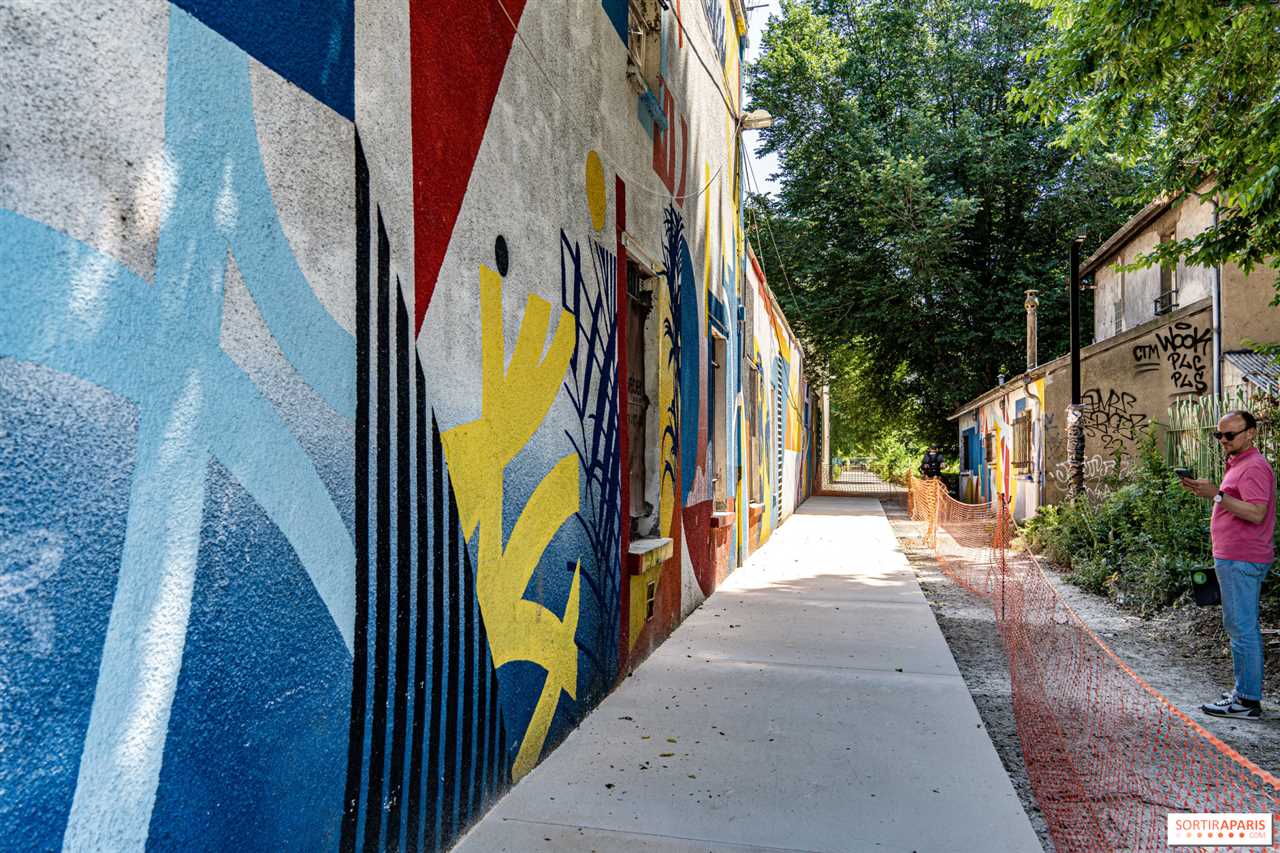
Street art and traditional art are two distinct forms of creative expression that have their own unique characteristics and histories. While traditional art has long been associated with galleries and museums, street art has emerged from the streets and public spaces, challenging conventional notions of art and its place in society.
The Evolution of Street Art

Breaking Boundaries and Democratizing Art
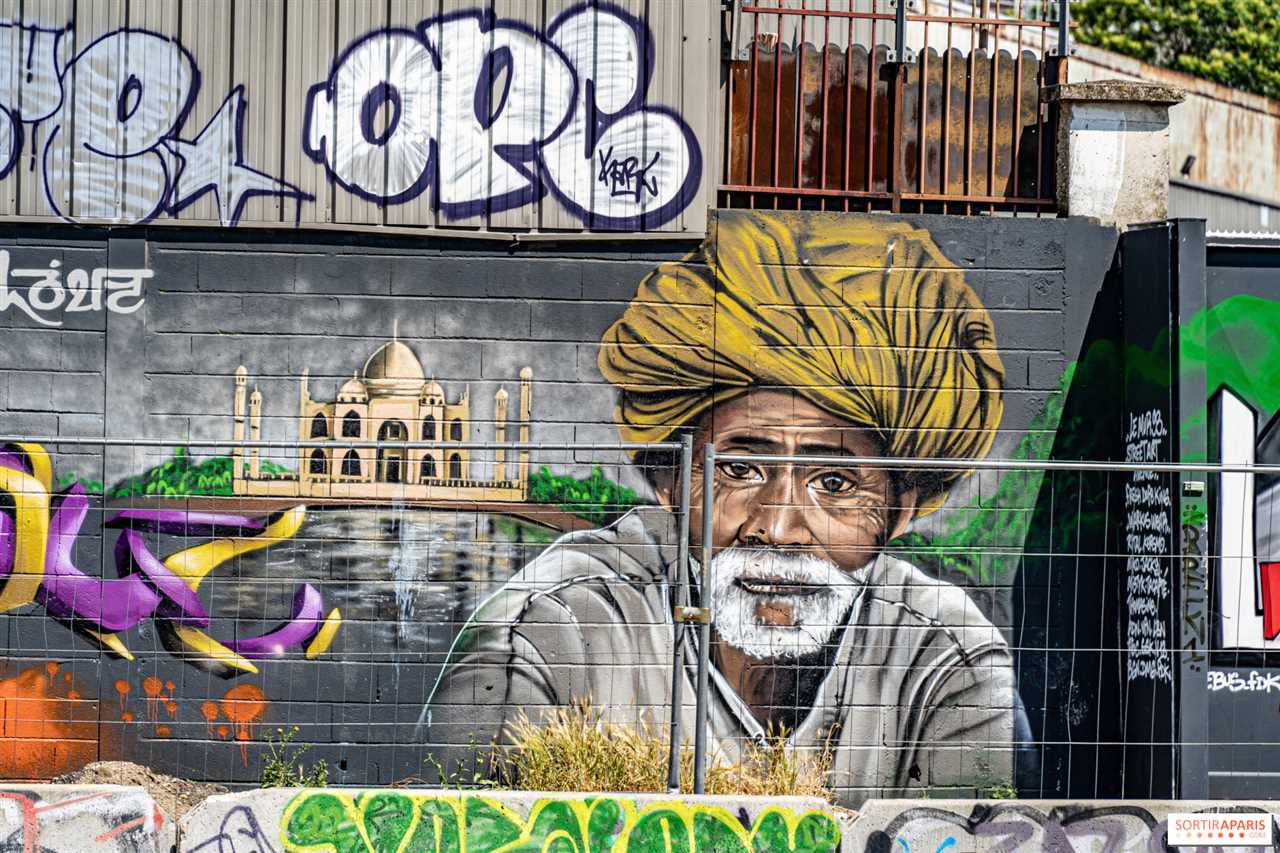
One of the defining characteristics of street art is its democratic nature. Unlike traditional art, which is often confined to galleries and museums, street art is accessible to everyone. It breaks the exclusivity of the art world and brings art directly to the people. Street art has the power to transform mundane and neglected spaces into vibrant and engaging environments.
Street art also breaks the boundaries of mediums and materials. Artists use a wide array of techniques and tools, from spray paint and stencils to wheatpaste and stickers. Street art incorporates elements of graffiti, muralism, and even performance art, pushing the boundaries of what is considered acceptable and traditional in the art world.
Traditional art, on the other hand, has a long and storied history dating back centuries. It is often associated with carefully crafted masterpieces created by recognized artists and displayed in prestigious institutions. Traditional art values technical skill, precision, and adherence to established artistic conventions.
However, street art challenges these notions of skill and prestige. It celebrates spontaneity, improvisation, and the ability to create meaningful and impactful works in unconventional contexts. Street artists often work quickly, responding to the immediate environment and engaging with the local community.
The Evolution of Street Art Techniques
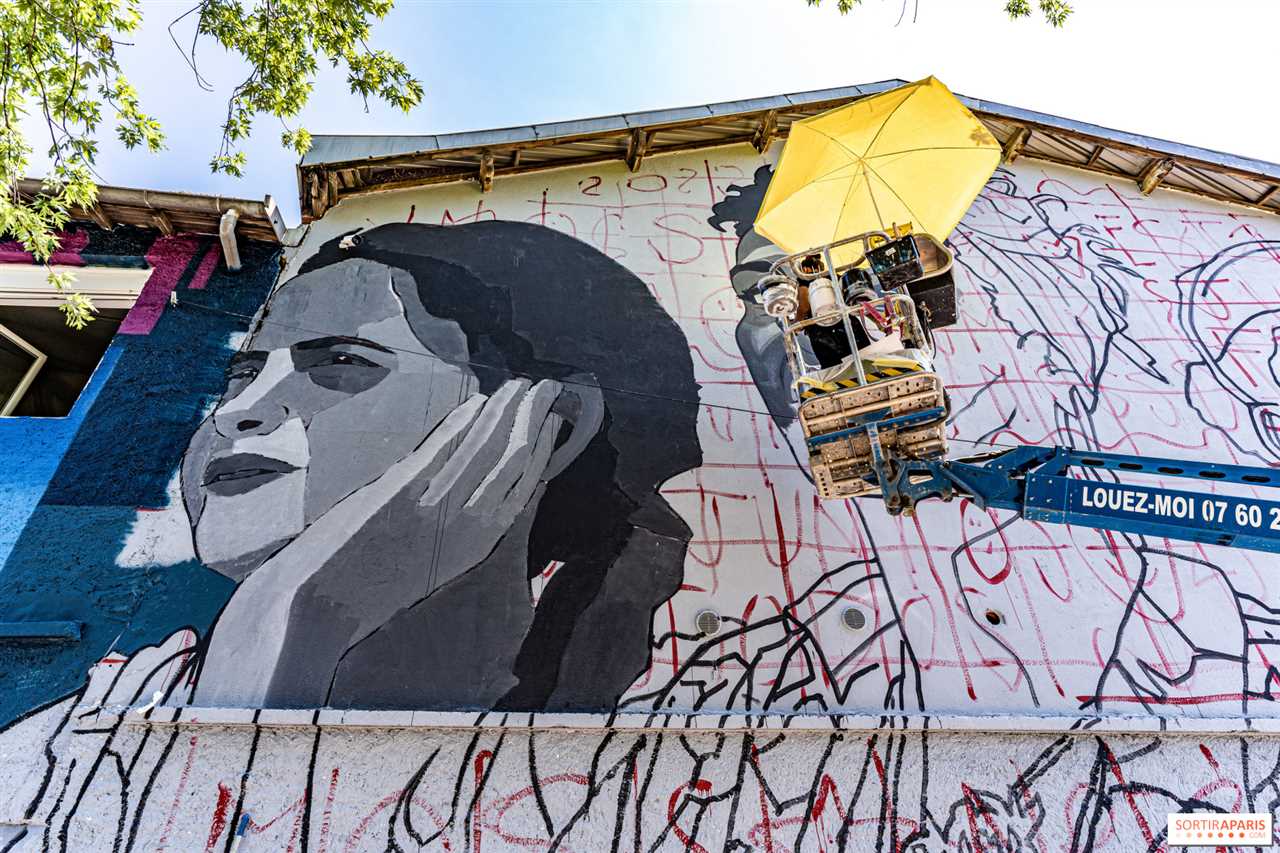
Street art has undergone a remarkable evolution over the years, with artists constantly finding new and innovative ways to express themselves through this unique form of artistic expression. From the early days of graffiti to the sophisticated murals we see today, street art techniques have evolved to become more complex and captivating.
Graffiti: The Birth of Street Art
In the 1970s, graffiti emerged as one of the earliest forms of street art. It was a way for artists to make their mark on the urban landscape, often using spray paint to create bold and vibrant images. The early graffiti artists focused on tagging their names or creating intricate letterings. These tags were seen as a form of self-expression and rebellion against the traditional art world.
As graffiti evolved, artists began to experiment with different techniques and styles. They started adding characters and images to their lettering, creating more complex and visually engaging works. This led to the rise of graffiti as a recognized art form, with artists like Keith Haring and Jean-Michel Basquiat gaining recognition for their graffiti-inspired artworks.
Murals: The Rise of Large-scale Street Art
In recent years, there has been a shift towards large-scale murals in the street art world. Artists are now using walls and buildings as their canvas, creating stunning and immersive artworks that transform the urban landscape. These murals often feature highly detailed and realistic images, with artists using various techniques such as stencils, brushes, and even rollers to achieve their desired effect.
Another technique that has gained popularity in the street art scene is the use of 3D illusions. Artists create optical illusions that make the artwork appear to come to life when viewed from a certain angle. This technique adds an extra layer of depth and interactivity to the artwork, captivating viewers and inviting them to engage with the piece in a unique way.
| Technique | Description |
|---|---|
| Spray Paint | Artists use spray paint cans to create bold and vibrant images on walls and other surfaces. |
| Stencils | Artists create stencils to quickly and efficiently reproduce complex designs on multiple surfaces. |
| Brushes and Rollers | Artists use brushes and rollers to create detailed and realistic images on large-scale murals. |
| 3D Illusions | Artists create optical illusions that make the artwork appear to come to life when viewed from a certain angle. |
As street art continues to evolve, artists are pushing the boundaries of what is possible, experimenting with new techniques and technologies. The result is a dynamic and ever-changing art form that continues to captivate and inspire people around the world.
Political and Social Commentary in Street Art
Street art has long been a platform for artists to express their political and social views, offering a powerful means of communication that reaches a wide audience. From the early days of graffiti in New York City to the modern murals seen in cities around the world, street art has played a vital role in highlighting issues and sparking conversations.
Political and social commentary in street art takes many forms, from simple slogans and symbols to elaborate and thought-provoking images. These artworks often address topics such as inequality, racism, corruption, and environmental issues, giving a voice to marginalized communities and challenging the status quo.
One of the key strengths of street art as a medium for political and social commentary is its accessibility. Unlike traditional art forms that are often confined to galleries and museums, street art is readily visible in public spaces and can be encountered by anyone, regardless of their background or socioeconomic status.
This accessibility allows street artists to reach a diverse audience and engage them in a dialogue about pressing issues. By creating art in public spaces, street artists are able to make their message impossible to ignore, sparking conversations and raising awareness in the process.
Furthermore, street art often has a participatory element, inviting viewers to interpret and engage with the artwork. This interactive nature of street art fosters a sense of community and shared ownership, encouraging people to reflect on social and political issues and take action.
However, it is important to note that not all street art carries a political or social message. While some artists choose to use their work as a platform for activism, others may focus on aesthetic or personal expression. Street art is a diverse and varied form of art, encompassing a wide range of styles and motivations.
Overall, political and social commentary in street art serves as a powerful tool for expressing ideas, challenging societal norms, and sparking conversations. It continues to be an important and influential form of artistic expression that brings attention to critical issues and promotes social change.
Street Art in La Villette: A Hub for Creativity
La Villette, a vibrant neighborhood in Paris, has become a thriving hub for street art and creativity. The streets of La Villette are alive with vibrant murals, stencils, and graffiti, showcasing the artistic talent and expression of the community.
A Canvas for Self-Expression
Street art has long been seen as a powerful medium for self-expression and a way to challenge societal norms. In La Villette, artists from all over the world come together to transform the urban landscape into a colorful and thought-provoking showcase of creativity.
The walls of La Villette act as a canvas where artists can freely express their ideas, emotions, and opinions. From political statements to abstract designs, the street art in La Villette reflects the diversity and complexity of the world we live in.
A Community of Artists
The street art scene in La Villette is not limited to individuals working in isolation. It is a community of artists who collaborate, inspire, and support each other. This sense of community is what makes La Villette a truly unique and vibrant place for street art.
Artists gather in La Villette to exchange ideas, learn from one another, and create together. The streets become a shared gallery of creativity, where artists constantly push the boundaries of what is possible in the realm of street art. From large-scale murals to intricate stencils, the streets of La Villette are a testament to the collaborative and supportive nature of the community.
A Tourist Attraction
As word spreads about the incredible street art scene in La Villette, it has become a popular destination for art enthusiasts and tourists. Visitors can now take guided tours of the neighborhood, exploring the hidden gems and famous pieces of street art.
The street art in La Villette not only adds beauty and vibrancy to the neighborhood but also serves as a reflection of its identity. It represents the voices and stories of the community, making it an essential part of the cultural heritage of La Villette.
Whether you are an art lover, a casual admirer, or someone who simply appreciates the power of self-expression, a visit to La Villette is a must. Experience the vibrant world of street art and immerse yourself in the creativity that flows through the streets of this unique neighborhood.
The Impact of Street Art on the Local Community

Street art has become a powerful tool for self-expression and cultural commentary in many communities around the world. In La Villette, the impact of street art on the local community has been significant, fostering a sense of identity and pride among residents.
1. Beautifying the Neighborhood
One of the most visible impacts of street art is its ability to beautify a neighborhood. By transforming dull and vacant walls into vibrant art pieces, street artists bring life and color to the streets of La Villette. This not only makes the area more visually appealing but also creates a sense of pride and ownership among the local community.
2. Encouraging Public Engagement
Street art has the power to ignite conversations and engage community members in a shared dialogue. Many street artists in La Villette create thought-provoking pieces that reflect social and political issues. These works of art encourage people to stop, observe, and think critically about the world around them. In turn, this fosters a sense of community and prompts individuals to engage in discussions with one another.
3. Empowering Local Artists
The presence of street art in La Villette has provided a platform for local artists to showcase their talents and gain recognition. It has created opportunities for emerging artists to establish themselves and reach a wider audience. This empowerment of local artists not only fuels creativity within the community but also contributes to the cultural and artistic fabric of La Villette.
- Street art promotes inclusivity by breaking down barriers between artist and audience.
- It encourages dialogue and fosters a sense of community among residents and visitors alike.
- It acts as a form of urban regeneration, transforming neglected spaces into places of cultural significance.
- By celebrating diversity and challenging norms, street art contributes to societal growth and understanding.
Exploring the Various Styles of Street Art
Street art is a rich and diverse art form that encompasses a wide range of styles and techniques. From colorful murals to intricate stencil work, street artists use a variety of methods to express their creativity. Here are some of the different styles you might encounter when exploring street art:
| Graffiti:
Graffiti is one of the most recognizable forms of street art. It involves writing or painting on walls or other surfaces without permission. Graffiti can range from simple tags to elaborate, multicolored pieces. Some artists use graffiti to make political or social statements, while others simply use it as a form of self-expression. |
Muralism:
Muralism is a style of street art that involves painting large-scale murals or artworks on public walls or buildings. These murals often depict detailed scenes or images and can be found in cities all over the world. Muralism is often used to beautify urban areas and bring art to communities. |
| Stencil Art:
Stencil art is a technique that involves creating a design or image on a stencil and then applying paint or ink through the stencil onto a surface. This allows artists to create precise, detailed images quickly and easily. Stencil art can range from simple, single-color designs to complex multilayered compositions. |
Poster Art:
Poster art is a style of street art that involves creating large-scale posters or wheat-paste artworks and then pasting them onto public surfaces. These posters often feature bold, eye-catching designs and can be used to convey political or social messages. Poster art is a popular form of street art due to its accessibility and ability to reach a wide audience. |
| Sticker Art:
Sticker art is a style of street art that involves creating small sticker designs and then sticking them onto public surfaces. Sticker art can range from simple, hand-drawn designs to elaborate, printed stickers. Artists often use sticker art as a way to quickly and discreetly share their work with a wide audience. |
Installation Art:
Installation art is a style of street art that involves creating three-dimensional artworks or installations in public spaces. These installations can be temporary or permanent and often incorporate elements of sculpture, found objects, and performance. Installation art challenges traditional notions of art and often invites viewer interaction and participation. |
These are just a few of the many styles you might encounter when exploring street art. Each style has its own unique characteristics and offers a different perspective on the world around us. By exploring the various styles of street art, you can gain a deeper appreciation for this vibrant and dynamic art form.
Street Art Festivals and Events in La Villette
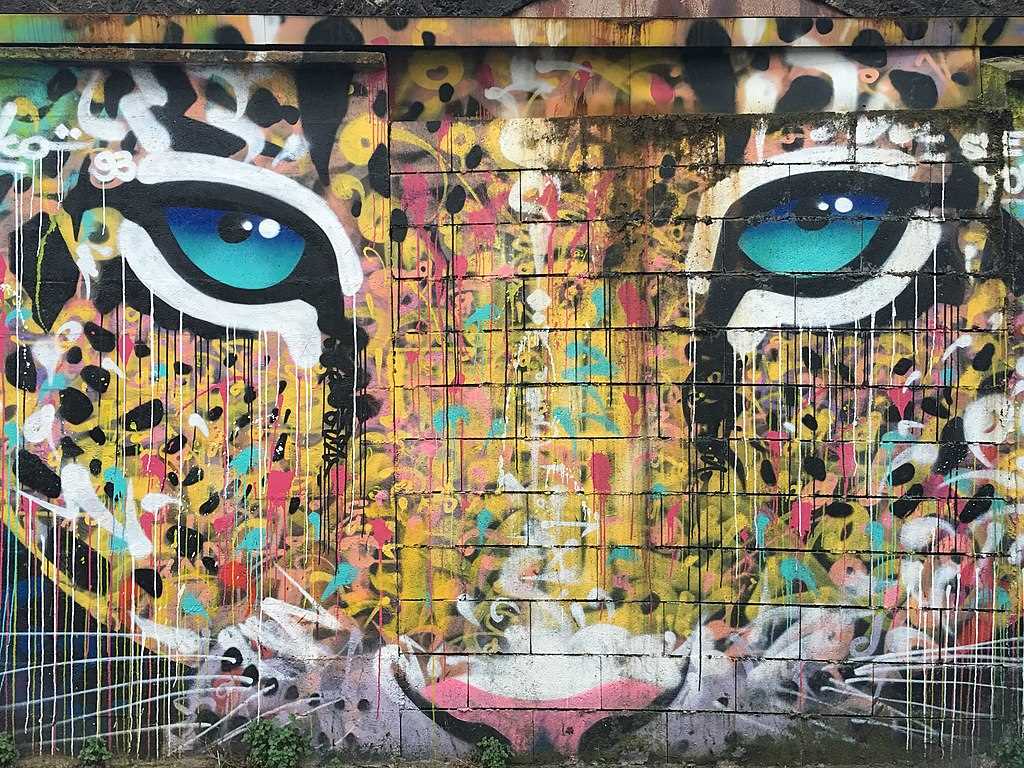
La Villette is known for its vibrant street art scene, and the district is home to several annual festivals and events that celebrate this unique form of artistic expression.
One of the most popular festivals is the La Villette Street Art Festival, which takes place every summer. This festival attracts artists from around the world who come to showcase their talent and create stunning murals on the walls of the district. Visitors can explore the open-air gallery and admire the diverse range of styles and techniques on display.
In addition to the Street Art Festival, La Villette also hosts the Urban Week, an event that celebrates urban culture in all its forms. From graffiti art to BMX shows, this week-long event brings together artists, musicians, and performers to showcase their talents. The district comes alive with street art installations, live performances, and workshops where visitors can try their hand at different urban art forms.
Another event that street art enthusiasts should not miss is the Nuit Blanche, an annual all-night arts festival that takes place across the city of Paris. La Villette transforms into a hub of creative activity during this event, with street artists creating temporary installations and live performances captivating the audience throughout the night.
La Villette is also home to several permanent street art installations that can be enjoyed year-round. One of the most famous is the “Peace Wall,” a collaborative artwork created by several renowned street artists. This vibrant mural serves as a powerful reminder of the district’s commitment to peace and diversity.
Whether you visit during one of the street art festivals or simply explore the district at your own pace, La Villette offers a rich and dynamic street art scene that is sure to captivate and inspire visitors. From colorful murals to thought-provoking installations, the art in La Villette tells a diverse and compelling story of creativity and expression.
Preserving and Protecting Street Art

Street art, with its ephemeral nature, often faces the threat of destruction or removal. However, preserving and protecting this form of art is crucial for maintaining cultural heritage and promoting creative expression.
One way to preserve street art is through documentation. Photographs and videos can capture the transient beauty of these artworks, allowing future generations to appreciate them. Online platforms and galleries dedicated to street art provide a space for artists to showcase their work and for enthusiasts to learn about different styles and techniques.
Another approach to protecting street art is through legal recognition and support. Some cities have established policies that embrace street art as a valuable form of expression and provide designated spaces for artists to create. By giving street artists permission to work in certain areas, local authorities can prevent their art from being mistaken as vandalism and being removed without notice.
Communities can also play a vital role in preserving street art. By organizing events and initiatives that celebrate and educate about street art, they foster appreciation and respect for this art form. Additionally, encouraging residents to take care of street art in their neighborhoods, such as reporting any vandalism or damage, can help maintain the longevity of these artworks.
Lastly, artists themselves can contribute to the preservation of street art by using durable materials and techniques. Employing weather-resistant paint and sealants can protect their creations from fading or deteriorating over time. Collaborating with local communities and organizations can also provide artists with additional support and resources to maintain and restore their artworks.
Preserving and protecting street art is not only about the physical artworks themselves, but also about safeguarding the cultural and creative spirit behind them. By valuing and supporting this art form, we can ensure that future generations can continue to be inspired by the vibrant and powerful works found on the streets.
The Future of Street Art in La Villette
Street art has always been a dynamic and evolving form of artistic expression. In La Villette, it holds a special place as a vibrant and colorful reflection of the community’s spirit. As we look towards the future, it is clear that street art will continue to play a significant role in shaping the cultural landscape of La Villette.
One of the main aspects of the future of street art in La Villette is the increasing recognition and acceptance of this art form. Local authorities and institutions are starting to see the value of street art in terms of cultural heritage and urban revitalization. They are collaborating with artists to create legal and designated spaces for street art, such as designated walls and graffiti parks. This allows artists to express themselves freely while respecting public spaces and ensuring the preservation of artwork.
Another important factor in the future of street art in La Villette is the inclusion of new technologies. With the advancement of digital media and virtual reality, street art is not limited to physical spaces anymore. Artists can now use augmented reality and digital projections to create immersive and interactive experiences for viewers. This opens up new possibilities for collaboration and innovation in the street art scene.
Furthermore, the future of street art in La Villette will see increased opportunities for education and community engagement. Street art workshops, guided tours, and exhibitions are becoming more common, allowing people of all ages and backgrounds to learn about the history and techniques of this art form. This helps foster a sense of community pride and appreciation for street art as a valuable cultural asset.
| Overall, the future of street art in La Villette is bright and promising. It will continue to evolve and adapt, reflecting the ever-changing cultural landscape of the community. With increased recognition, new technologies, and enhanced educational opportunities, street art will create even more vibrant and thought-provoking experiences for everyone to enjoy. |

I am a mural enthusiast and a fervent admirer of street art. Rather than creating murals myself, I am passionate about collecting them. My love for street art knows no bounds. I am dedicated to curating and cherishing these artworks that grace the streets. My collection stands as a testament to my profound appreciation for this form of artistic expression.
read about me



